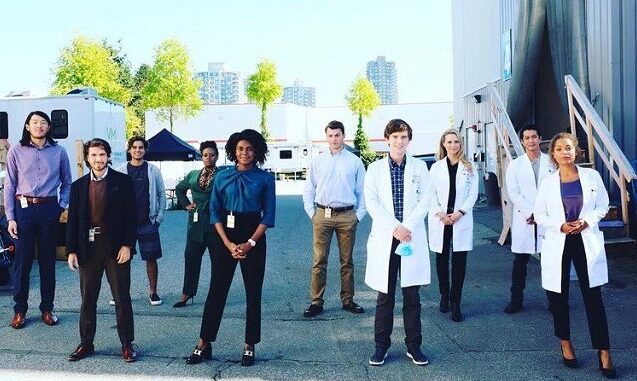
The Good Doctor*’s second season solidifies Freddie Highmore’s status as one of television’s most compelling actors, delivering a performance that balances Dr. Shaun Murphy’s professional triumphs and personal heartaches with unparalleled depth. As a young autistic surgeon at San Jose St. Bonaventure Hospital, Shaun navigates a world that challenges his abilities and perceptions. Season 2, particularly episodes like “Trampoline” and “Carrots,” showcases Highmore’s ability to portray Shaun’s resilience through a harrowing bar fight and his tentative steps toward romance with Lea (Paige Spara). These moments, brought to life by Highmore’s nuanced acting, make Season 2 a must-watch for fans of character-driven drama, offering a heartfelt exploration of growth, empathy, and human connection.
Equally compelling is Shaun’s evolving relationship with Lea in “Carrots” (Season 2, Episode 17), where Highmore captures the awkward yet heartfelt stirrings of romance. When Lea faces a personal crisis, Shaun attempts to comfort her, leading to a moment of vulnerability where he expresses his feelings. Highmore’s delivery—halting, earnest, and tinged with fear of rejection—makes Shaun’s emotional risk deeply relatable. His wide-eyed hope and subtle tremors as he navigates uncharted emotional territory highlight Shaun’s growth from isolation to connection. Highmore’s chemistry with Paige Spara is electric, turning small gestures, like Shaun’s hesitant touch of Lea’s hand, into profound milestones. This subplot, woven through Season 2, appeals to viewers who crave authentic, slow-burn romance.

Highmore’s performance in these episodes is elevated by his meticulous preparation. He worked closely with autism consultants to ensure Shaun’s portrayal remained authentic, avoiding stereotypes of savant syndrome. In “Trampoline,” Shaun’s sensory overload in the chaotic bar scene is depicted through Highmore’s rapid breathing and clenched fists, grounding the drama in real human experience. Similarly, in “Carrots,” Shaun’s struggle to interpret Lea’s emotions is portrayed with subtle facial cues—a furrowed brow, a fleeting smile—that make his journey accessible to all audiences. Highmore’s commitment to authenticity resonates with viewers, particularly those in the autism community, who see Shaun as a rare, multidimensional character.
Season 2’s broader narrative amplifies Highmore’s impact. Shaun faces professional scrutiny, including a demotion to pathology, testing his resilience. Highmore’s portrayal of Shaun’s quiet determination—whether solving a complex diagnosis or standing up to his superiors—makes his victories feel earned. The season also deepens Shaun’s relationships with colleagues like Dr. Claire Browne (Antonia Thomas) and Dr. Marcus Andrews (Hill Harper), with Highmore’s understated camaraderie adding warmth to the hospital’s high-stakes environment. These dynamics, paired with the show’s signature medical visualizations, keep the drama engaging for fans of both character and plot.
